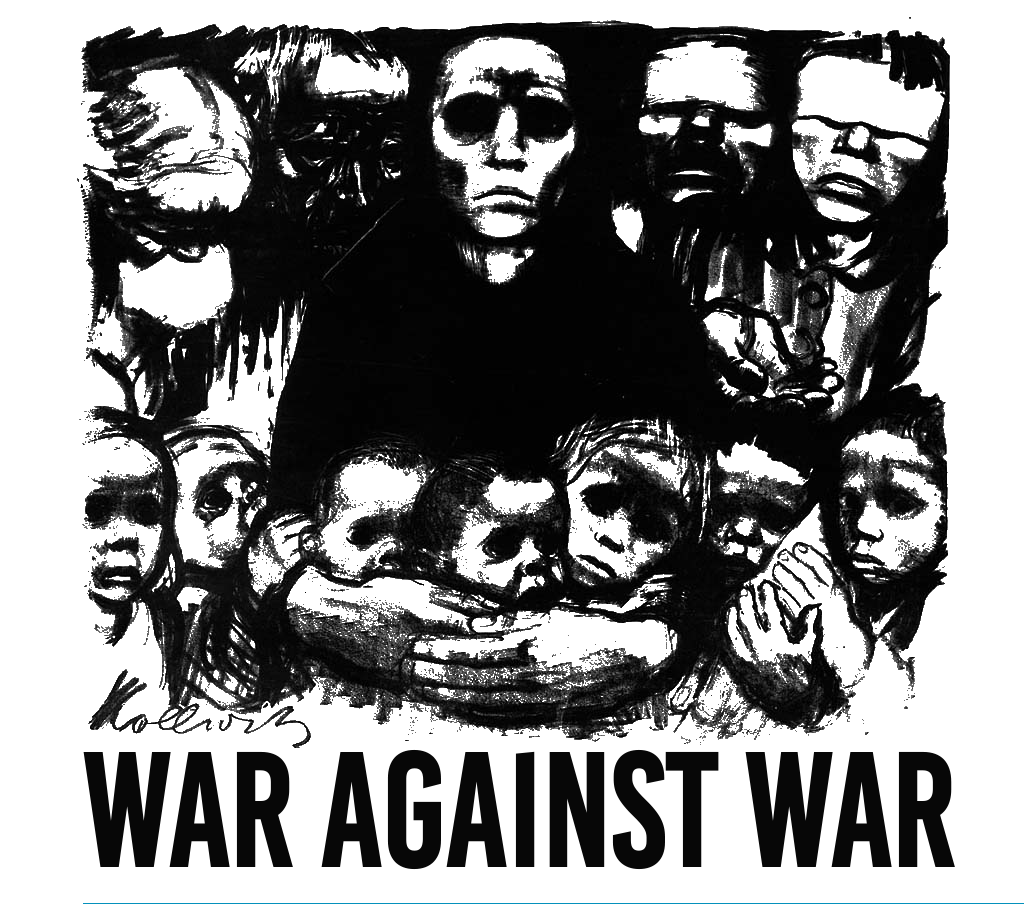Abstract
This article, a work in progress at the time of the author’s passing in 2021, seeks to explain how knowledge, organizational forms, and societal institutions interact to shape peace education and innovative learning capabilities. It focuses on peace education and training systems, and types of organizations as key societal institutions shaping work organization and the knowledge base of the universities. Its central premise is that tacit knowledge, which is difficult to create and transfer in the absence of social interaction and people’s mobility during pandemic circumstances, constitutes a most important source of learning and sustainable competitive advantage in the knowledge society. Institutions that can harness tacit knowledge as a source of learning are more likely to produce strong innovative capabilities. The analysis suggests that there are two alternative models of competence-building which are especially favorable to learning and innovation, and examines cases of peace education as illustrative examples. It argues that societies with different institutional arrangements will continue to develop a variety of organizational forms and learning strategies that privilege some sectors and discourage others. Institutionalized variation in patterns of learning and innovation therefore reproduces distinctive regional or national patterns of specialization.
This was originally published on Wiley: Peace & Change: Table of Contents.
